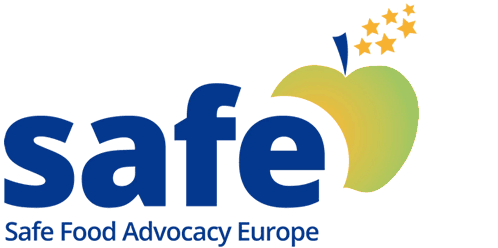Acrylamide in food: the urgent need to reform the current legislation
10 March 2022
Acrylamide is a chemical compound generated during high-temperature cooking processes that transform sugar and amino acids present in food products.
For many years the scientific community has shown the correlation between the increased exposure to acrylamide and the higher risk of developing cancer. In 2015, in its first full risk assessment on acrylamide in food, EFSA considered this chemical compound as a matter of public health concern. Following this assessment, the European Commission issued regulation 2017/2158 in which it recommended the adoption of practices to limit the formation of acrylamide and the definition of benchmark levels for the food categories that were considered as at risk.
However, in 2019, BEUC conducted a survey in 10 Member States which revealed that over 500 products presented excessive levels of acrylamide. According to the Member States’ notifications to the Rapid Alert System on Food and Feed (RASFF) in 2020-2021, contaminations by acrylamide were between 497 and 2690 µg/kg, which are 4-5 times higher than the benchmark values in place in the EU.
SAFE remarks that the current control mechanism is not efficient in reducing the exposure to acrylamide as the warning procedure to the other Member States is actioned between 15 and 30 days after a Member State notifies the contamination.
After years of debates and an extensive public consultation held in the previous months, the reform for the introduction of maximum levels in the different food categories is set to start in 2022.
In its position expressed last February, SAFE welcomes the Commission’s commitment to protecting consumers’ health but calls for the timely adoption of maximum levels of acrylamide.
For biscuits and waffles, SAFE proposes a benchmark level of 300 instead of 350 µg/kg.
Although this food category is not always marketed as baby food, tests show 44 products considered “biscuits and wafers” were frequently consumed by children, and almost 2 out of 3 were not in compliance with the benchmark values. Therefore, in view of achieving adequate and effective protection of infants and young children, SAFE proposes that all standard biscuits clearly marketed to children which fall under the group of “biscuits and wafers” should have the same maximum level as “biscuits and rusks for infants and young children” with a benchmark level of 150 µg/kg and 200 µg/kg for maximum levels.
SAFE’s proposed benchmark level for crackers is 300 instead of 400 µg/kg. A similar situation was observed with other types of products also marketed to children and commonly given to young toddlers (e.g. pretzel-sticks). It seems clear that the proposed benchmark level and the maximum level of 500 µg/kg would hardly protect the young population from excessive acrylamide exposure.
For vegetable crisps, the proposed benchmark level is 700 μg/kg. Several consumers organizations analyzed samples and found an average acrylamide content that was double the median value for acrylamide levels in tested potato crisps. In addition, the RASFF database reports numerous alerts in 2020 where acrylamide contamination reached worrying levels, especially for products imported from the East, well above what was revealed in the consumer survey. Therefore, the proposed benchmark will mostly likely not alter the current situation. Considering the current data, SAFE believes it is necessary to establish maximum levels of acrylamide in vegetable crisps to 500 μg/kg and a benchmark level far below.
SAFE also calls for the introduction of maximum levels for dried fruits and roasted nuts.
Considering the risk of cancer and Member States’ difficulties in monitoring products, SAFE asks the thresholds to be defined according to the precautionary principle. Furthermore, SAFE invites the Commission to consider the introduction of product controls to reduce consumers’ exposure to acrylamide. Only by introducing effective product control systems and maximum levels can the enforcement mechanism operate effectively.



